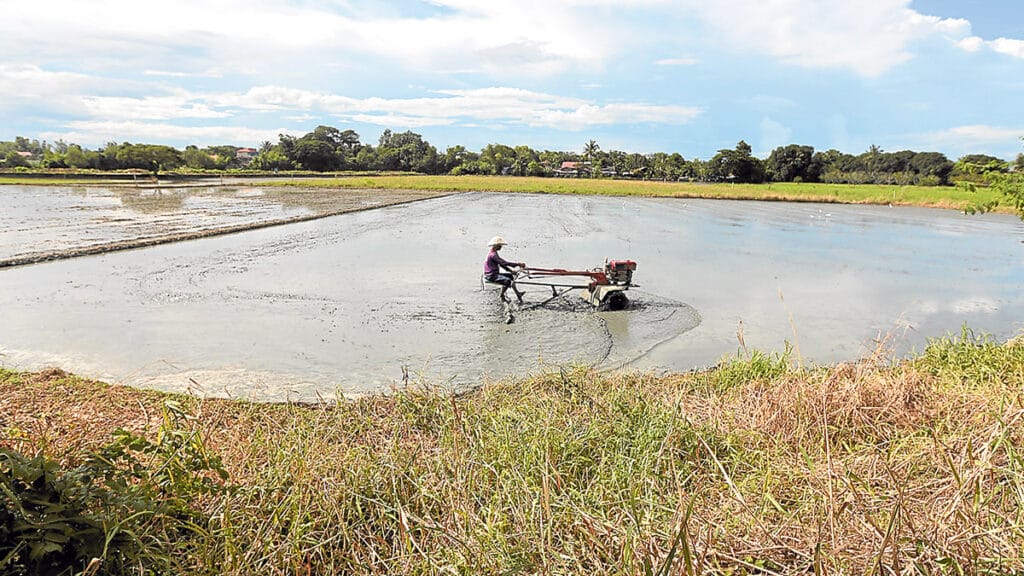PH agri trade deficit widened in Q2

PLANTING SEASON A farmer uses a hand tractor to prepare a rice paddy for planting palay in Pulilan, Bulacan, on Aug. 8. —GRIG C. MONTEGRANDE
The country’s agricultural trade deficit widened in the second quarter as importation of farm goods continued to overwhelm local production.
The difference between Philippine imports and exports of farm goods rose by 13.8 percent to $3.07 billion in the April to June period from $2.7 billion a year prior.
Agricultural imports grew by 14.1 percent to $4.94 billion while agricultural exports reached $1.86 billion, rising by 14.7 percent from the past year.
READ: PH trimmed farm trade deficit in Q4
This brought the overall agricultural trade to $6.8 billion during the reference period, up 13.8 percent.
Roy Kempis, a retired professor at the Pampanga State Agricultural University, said the growth of exports was trailing behind imports due to challenges in the global market.
“The rest of the world seems slow in acquiring Philippine agricultural export products. Then the US is not even mentioned in the PSA (Philippine Statistics Authority) report. For the Philippines, the doors to these markets appear to be a challenge,” Kempis said.
Rizal Commercial Banking Corp. chief economist Michael Ricafort said the latest figures were “partly attributed to lower base/denominator effects and as the economy reopens further towards greater normalcy with no more COVID restrictions” since July last year.
“Higher agricultural imports and exports could also reflect some pickup in global commodity prices during the period due to the El Niño drought/heatwave that reduced output and increased world prices of rice and other food/agricultural commodities,” Ricafort said.
READ: Trade deficit narrowed in March
Among major commodity groups, cereals topped the list of agricultural imports with a share of 26 percent or $1.28 billion of the total.
Association of Southeast Asian Nations (Asean) shipped $1.86 billion, with Vietnam emerging as the leading supplier of imported goods.
European Union (EU) countries, primarily Spain, supplied $450.29 million worth of agricultural produce. The country exported mostly edible fruit and nuts, peel of citrus fruit or melons, equivalent to a share of 29.2 percent or $543.62 million.
Exports to Asean countries amounted to $227.24 million, with Malaysia as the leading destination of agricultural commodities.
The shipment of food items to European nations stood at $358.93 million, primarily delivered to the Netherlands.
Ricafort said reducing duties on imported rice could encourage more imports of the staple food, also to preemptively increase local supply to prepare for La Niña phenomenon later this year.
“For the coming months, risk of La Niña would be a consideration in terms of storm/flood damage that could cause some disruptions and crop and other agricultural damage,” he added.
Kempis said the focus should shift to increasing the production of animal and vegetable oils, as well as edible fruits and nuts, to boost exports.
He added this should become the “top priority” and make the rest of agricultural goods “secondary as far as exportable agricultural goods are concerned.”
